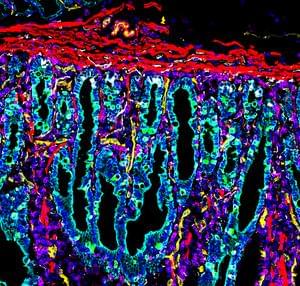Jul 21, 2023
Can Gray Hair Be Reversed?
Posted by Shubham Ghosh Roy in categories: computing, education
Head to https://linode.com/scishow to get a $100 60-day credit on a new Linode account. Linode offers simple, affordable, and accessible Linux cloud solutions and services.
Researchers have identified the processes that cause gray hair and have done experiments to reverse it. And believe it or not, we’ve had some of these options for decades.

















